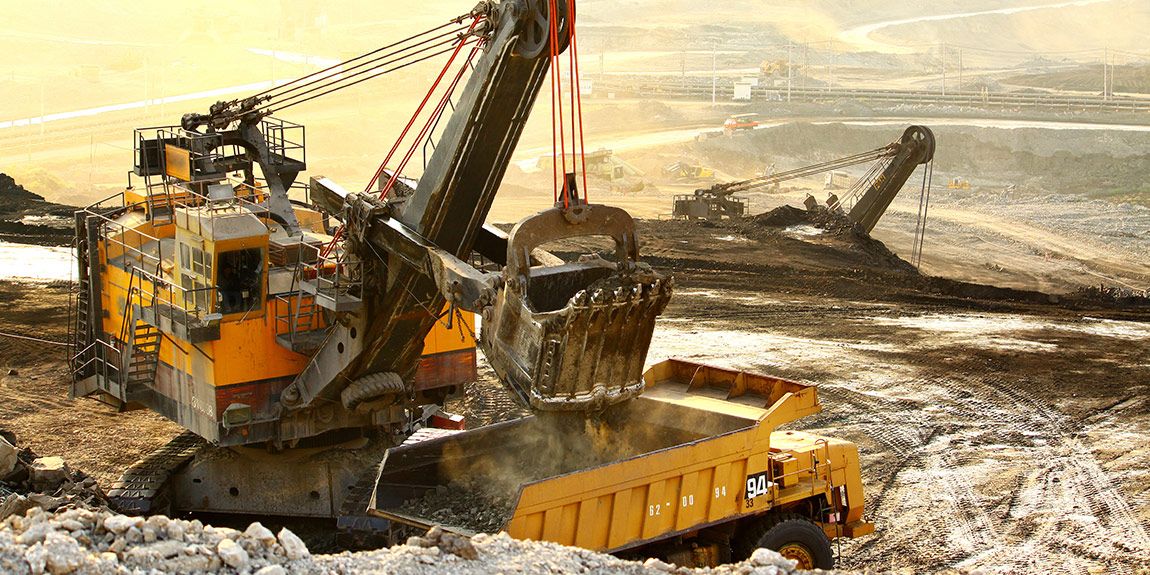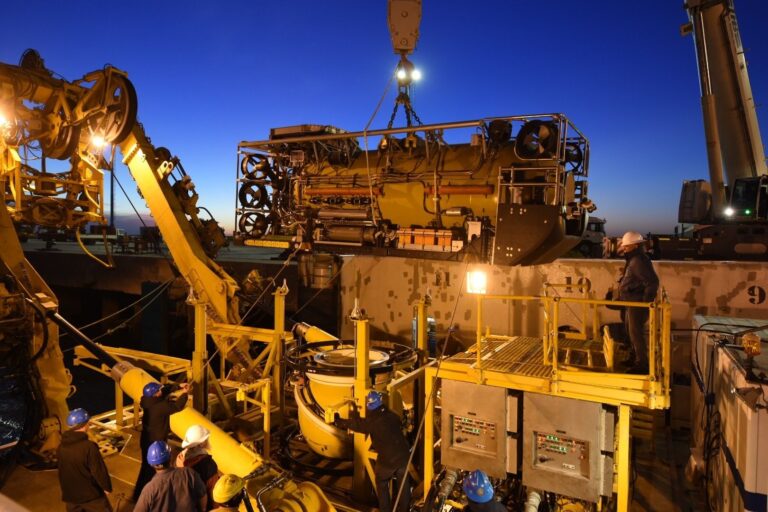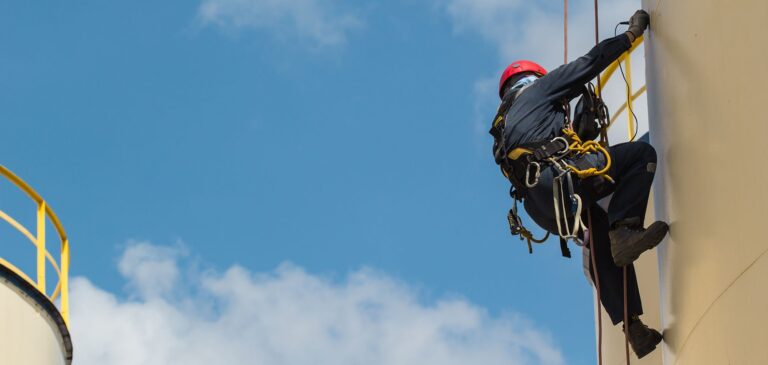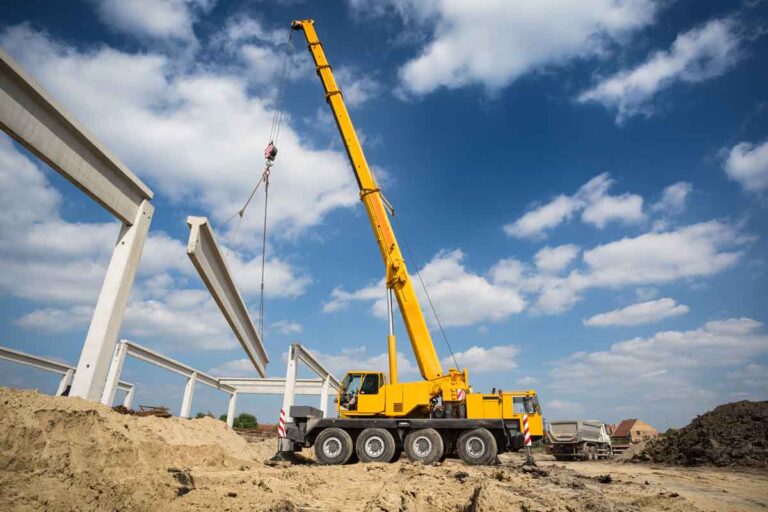
One of the indispensable tasks of operators of heavy machinery is to know the specific dangers and risks to which it is exposed. The General Directorate of Industry, Energy and Mines of Murcia gives some prevention recommendations for a safe and quality work.
The mobile machinery within the mining has more and more importance. The current machines are safer and are equipped with more support for the operator. Nevertheless, the risks due to the conditions of exploitation have not changed: they are present in all operations.
The work to be done with the mobile mining machinery can be divided into four large groups:
Next, each one of them will be described and the prevention measures to take into account to eliminate or reduce the risks present in each case.
This activity can be divided into two large blocks:
In the exploitation of aggregates with low fronts and loose materials (sands, gravel pits, etc.,), the starting is done directly with the loaders. The rest of the start-up work is done with the use of explosives, usually supplemented with backhoes or bulldozers.
When handling a backhoe:
The correct operation is:
When driving a bulldozer:
The correct operation It is the same as in the previous case:
In the exploitations of ornamental rock, the shovel of modified front is used with a pusher, hydraulic or not. Its function is to push the block during the process of turning or folding them.
During this process:
In loading operations, the shovel and the dumper must be as far as possible from the front. When the operator approaches the foot of the slope to load the shovel, it will have to do it perpendicular to it. The structure of the machine will protect it in the event of landslides of the ground or impacts of stone fragments.
The shovel will be waiting for the dumper with the spoon raised, indicating the place where you must stop to be charged. The loading process will be done by the back or the side of the dumper. The spoon should not be passed over the cabin, since it puts the safety of the partner at risk.
During the process of loading the vehicle, if the cabin does not have a reinforced structure, the operator must leave it and move away from the radius of action of the shovel. If the cabin has a reinforced structure, it is better not to leave it at any time. This is because it will be a protective element against possible stones that can be detached from the front or from the loading process itself.
When loading ornamental rock blocks on a truck or on a dumper, the operator must ensure that the load is well centered and placed in such a way that you can continue to load more blocks, if necessary. Begin the process of loading blocks in the front of the box. In the case that you just have to load a block, deposit it in a way that is balanced in the box. In this way, risks of rollover to the transport partner will be avoided.
Pay attention to the presence of people in the surroundings. It must be remembered that the mining regulations prohibit the presence of people less than 5 meters away from a loaded dumper. Also, have in account that, by its structure, the machines prevent the vision of people and light vehicles near them.
If, during the loading process, you must wait for the loading of another vehicle:
When traveling through the tracks, access roads and the farm, remember that a series of recommendations must be followed. These must be included in the internal traffic safety regulations.
The presence of mud, potholes, poor visibility, etc., are factors against which the operator is confronted when he is driving through the farm. It is an issue that can not be avoided, but it minimize the risks, observing some security measures:
The discharge, like other maneuvers performed with machines, must be regulated by an internal security arrangement. The internal security provision will be mandatory and must indicate the way to access the pouring point, place and way to do it.
During the pouring process there is a risk of tipping the dumper or shovel. Thus, you should always work with a safety stop that prevents an excessive approach of the rear train of the vehicle to the edge of the hopper or of the dump.
The maneuver must be notified with light and acoustic signals. Then, approach the unloading area slowly. If there is a traffic light type signaling, it must be respected at all times. This is because its indication will let you know that the unloading area is free to perform the maneuver.
Do not start tilting until you have removed the reverse gear and braked the machine in the area designated for this purpose. Once the load is discharged, release the brakes and do not move the vehicle until the swingarm has been lowered completely.
Source:

En cuanto a los motores eléctricos que están diseñados para transformar la energía eléctrica en mecánica, GE Power Conversion ha desarrollado un motor de uso extra severo que incluye un

The only way to safely arrest a falling worker is a fall arrest system. To be effective, it is essential that the vertical distance traveled by the falling worker be the same as the vertical distance traveled by the falling worker.

In a highly competitive world there is no room for unreliability. This applies to all fields of economic and social activity. In particular, it is particularly
13775 SW 145 CT Miami FL 33186
+1 (305) 232-2621
info@eymaq.com
Edificio Platinum Plaza Torre B
Andres Reyes 437, Oficina 602
San Isidro, Lima
+51 (1) 640-9811
info@eymaq.com
Calle 138 # 72A – 40
Oficina 404
Bogotá, Colombia
+57 (302) 413-5469
salescolombia@eymaq.com
Rio de Janeiro, Brasil
+1 (786) 589-9884
salesbrazil@eymaq.com